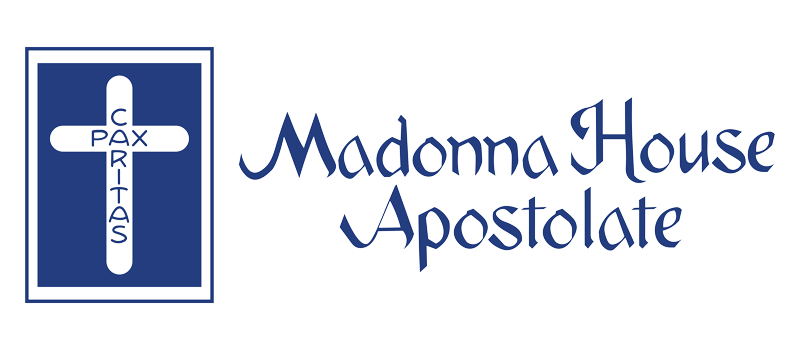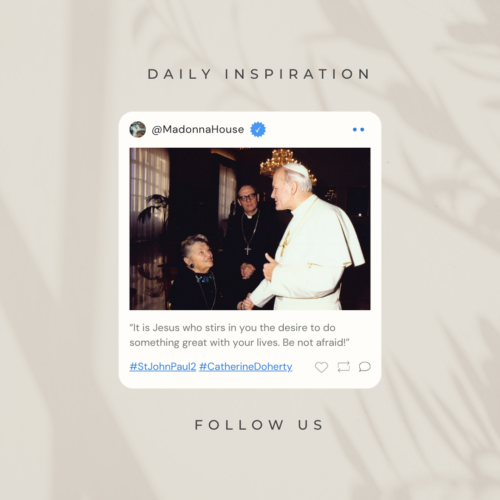This content has been archived. It may no longer be relevant
People asked me to explain who Our Lady is. It is almost impossible, but I will try.
You could say that she’s the gate, the gate to the way to the Father, because it is through her that Christ came to us, and it is through her that we return to him. I am Russian and in Pre-Revolutionary Russia, everyone understood that.
How important she is in our life is difficult to express. We think of her in two ways: as an ordinary young girl, who was a teenager when she became pregnant, and as a mature woman strong enough to stand silent and surrendering beneath the cross of her Son.
There is a legend about two learned rabbis who were discussing the Scriptures about the coming Messiah, and a little girl from Nazareth made obeisance to them as they passed by. It was Mary, but they didn’t notice her. That happens to us sometimes.
She is the very fabric of our lives. Her fiat (yes to God) is our fiat. But we are not stupid enough to think that she only said one fiat.
She said thousands; we Russians know that instinctively because she didn’t understand, she believed. Let it be done to me according to your Word (Lk 1:38).
She’s a mother and she attracts mothers. She’s a virgin and she attracts the young and the unmarried.
She got up in the morning, and on some days of the week carried the laundry to the pool.
The women of Nazareth must have come to her constantly because she was who she was. She must have kept, not a cookie jar, but the Eastern sweets that Eastern people love, and children must have come to her.
She dusted and she cleaned. She cooked and she knew how to weave. Her life was a sea of small things—so insignificantly small that they’re almost not worth mentioning. The corn had to be ground, her house swept, the meals prepared. Day after day, the Mother of God did those things.
She’s the woman of speech and the woman of silence. From her we can learn the quality of listening and of taking up human words as well as God’s words, holding them in our hearts until the Holy Spirit cracks them wide open and gives the answer to us as he did to her.
We Russians have no special devotion to Our Lady because she’s just as much a part and parcel of our life as breathing. It’s impossible to have devotion to breathing. If I stop breathing, I die. That’s the way it is.
Who is Our Lady? A woman like you and me. Why did God choose her to be his mother? Why did she become the gate?
It’s difficult to speak about your breath. It’s difficult to speak about someone whom I consider to be the real mother of Madonna House.
She is someone to whom my heart goes out all day, someone with whom I can talk, someone who is with me as a friend.
We all should talk to her about her Son. For you see, she changed his diapers and he drank her milk, and she kissed his hurts away as any woman does to her toddler. He fell and he got up and he grew up, and she probably said, “Eat your porridge,” and “Don’t forget your sandals. It’s wet out.”
Who else has lived with God as Mary has? To whom else can we go and find out that he is really a man? From whom shall we know the Incarnate One better than from the woman who carried him for nine months in her womb?
It is not astonishing that you know little about her if you think of her mainly as Queen. She is Queen, of course, but God was a carpenter, and she was a housewife.
She is all things to all of us because she is the mother of mankind.
How can you not love her? How can you not go to her, run to her? She has the secret of everything, now that she is where she is.
When you worry about some kind of a mystery or have a difficulty with something or other in spiritual matters, why don’t you go to her? She’ll say, “Oh relax. I’ve carried that question for sixty years. I’ve only found out now. But it’s all yours; what I know now, it’s all yours. Let’s sit down and talk.”
What a strange thing it is that God chose her to be the gate through which he came. But there she is—wide open for us to go through.
Excerpted from Bogoroditza, (2001), pp. 80-85, available from MH Publictions.





